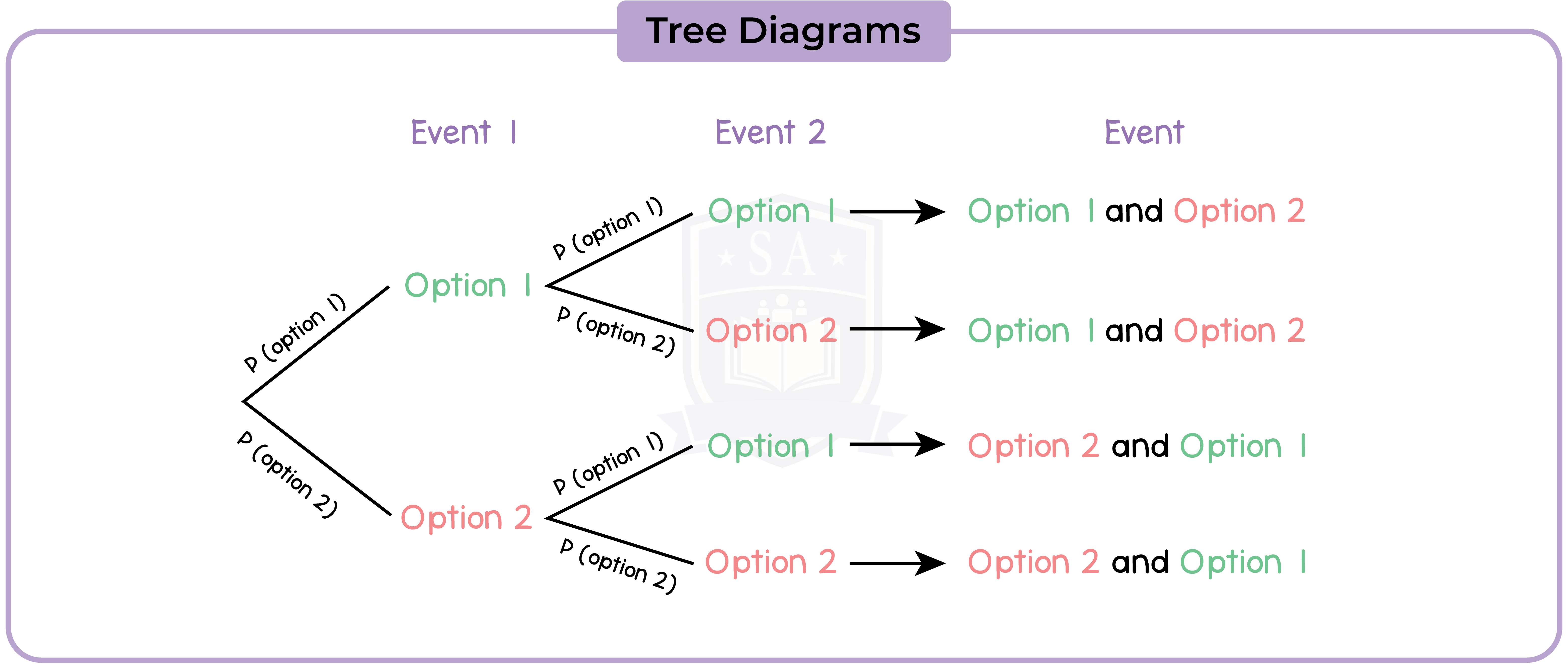REVISION NOTES
6.3.1 Understand the language of probability
6.3.2 Understand and use the probability scale

6.3.3 Understand and use estimates or measures of probability from theoretical models


6.3.4 Find probabilities from a Venn diagram
6.3.5 Understand the concepts of a sample space and an event, and how the probability of an event happening can be determined from the sample space
6.3.6 List all the outcomes for single events and for two successive events in a systematic way
6.3.7 Estimate probabilities from previously collected data
6.3.8 Calculate the probability of the complement of an event happening
6.3.9 Use the addition rule of probability for mutually exclusive events

6.3.10 Understand and use the term ‘expected frequency’
6.3.11 Draw and use tree diagrams (Higher Tier Only)

6.3.12 Determine the probability that two or more independent events will occur
(Higher Tier Only)

6.3.13 Use simple conditional probability when combining events (Higher Tier Only)
6.3.14 Apply probability to simple problems (Higher Tier Only)

© 2025 Studia Academy. All rights reserved.